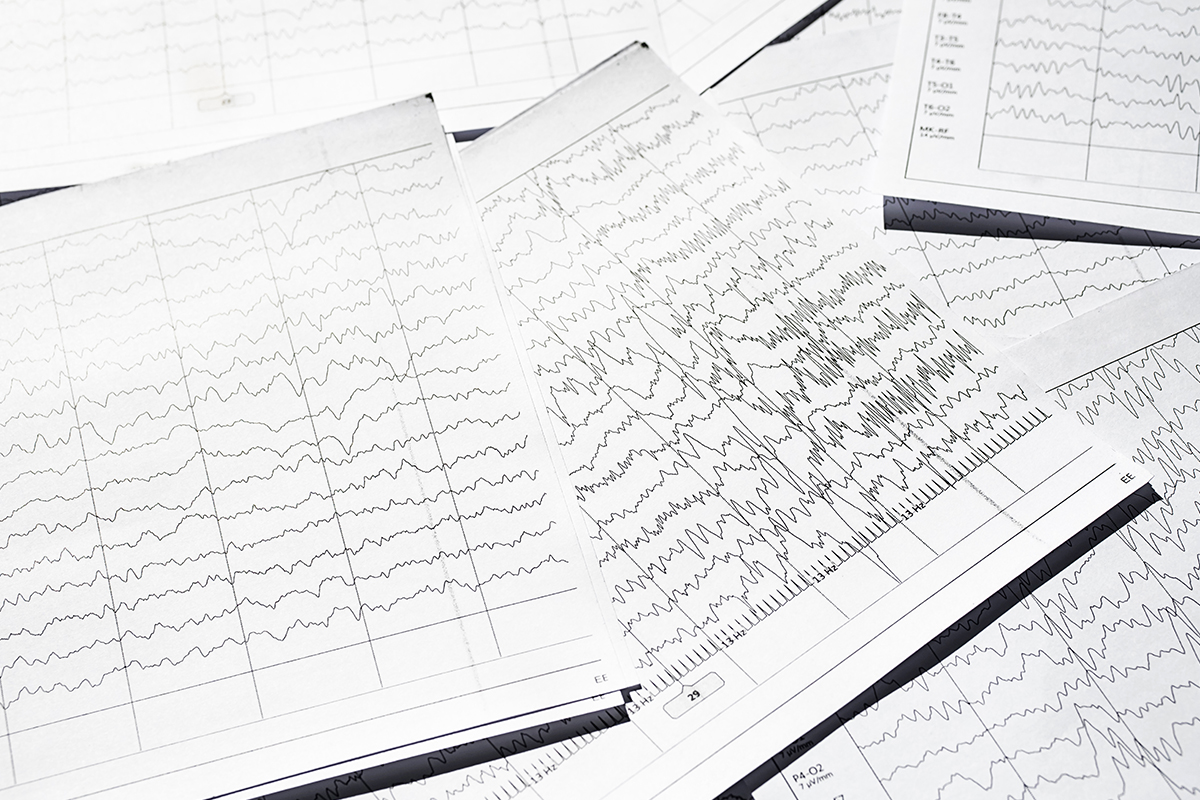A lot goes on in our brains. No organ works harder or has as much control over us, and it seems each year, medical science makes new discoveries regarding the relationship between the brain’s properties and its functions. One of these functions that’s not newly uncovered, but no less fascinating is the brain’s ability to produce brainwaves.
Brainwaves are the electrical circuitry and activity in our brain that impact how we think and feel at any given moment. That’s right, there’s electricity up there that fires off neurons that create these wave-like patterns. In this blog post, we identify the different types of brainwaves and the purposes they serve.
Types of Brainwaves
The most prominent characteristic of brainwaves is speed, ranging from slow to rapid with each kind significantly influencing our daily lives.
Gamma: These are the fastest brainwaves with the highest frequencies. Gammas present when you are intensely concentrating. Let’s say you’re viewing a Ted Talk, and you are completely captivated by it. You’re in the zone, hanging on every word, meaning your Gamma brainwaves are processing information at lightning speed. Gammas average above 35 Hz and can oscillate to 100 Hz, which, take our word for it, is fast.
Beta: Second in speed, Beta brainwaves (12 – 38 Hz) occur during our “normal” state-of-mind, and are associated with our alertness, engagement in problems-solving, and decision-making.
Alpha: Next in line and slower still are Alpha brainwaves, running at a speed of 8 – 12 Hz. Alphas are responsible for relaxation, lucidity, and calmness, like how you would feel if you woke up on the right side of the bed and could ease into the day.
Theta: At a slower speed of 4 – 8 Hz, Thetas are associated with sleep and deep relaxation. During meditation, for instance, Thetas are the brainwaves with the most activity.
Delta: The slowest of all at 1 – 4 Hz, these brainwaves appear in the deep, dreamless stages of sleep, making them critical to health because of the restorative properties of sleep.
The Importance of Balanced Brain Waves
While the different brainwaves work simultaneously, one type will dominate based on the time of day and the sort of activity you’re doing. An imbalance occurs when one dominates for too long, which can be an indication of a mental health disorder. For example, people with depression show higher levels of alpha waves that can significantly affect their levels of energy.
Can balance be restored?
Yes.
Today, we are able to see our brainwaves in real time, which gives us a much better understanding of our behaviors, allowing behavioral healthcare clinicians to address conditions with better therapeutic treatments, like neurofeedback. As we’ve previously written, neurofeedback targets dysregulation in the brain and improves brainwave functioning.
Chicago Mind Solutions Neurofeedback Treatments
Experts in neurofeedback treatment, Chicago Mind Solutions uses Low Energy Neurofeedback System (LENS) and BrainAvatar by BrainMaster to study brainwaves and enhance their function. We can provide more information, answer questions, and help decide what type of neurofeedback treatment options are right for you. Please contact us at (224) 723-5050 or email info@chicagomindsolutions.com for more information.






